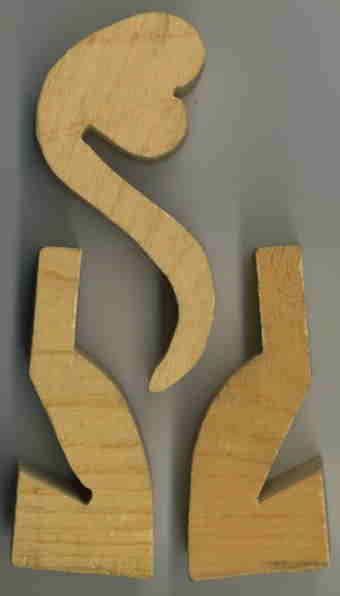Balance & stability activities & lesson plans - primary +
Plan & supporting materials
Questioning is the foundation of all learning.
The first step in rejecting not knowing is to ask, why?
Sweetland
- Introduction
- Big ideas, concepts, facts, & outcomes
- Science content concepts & outcomes
- Inquiry & science process concepts
- Pedagogical overview
- Unit activities sequence
- Resources and materials
- Scoring guide suggestions
- Activity sequence
- Activity 1 - Crayfish balance
- Activity 2 - Crayfish system balance with crayfish & clothespins
- Activity 3 - Stability with triangle & rainbow patterns
- Activity 4 - Wrench pattern
- Activity 5 - Balance a pencil
- Activity 6 - Belt hook & belt system
- Lab notes
- Lab note 1 - Balance crayfish
- Lab note 2 - Balance crayfish system
- Lab note 3 - Balance more patterns
- Lab note - Stable unstable worksheet
- Lab note 4 - Balance a wrench pattern
- Lab note 5 - Balance a pencil
- Lab note 6 - Balance a belt
- Lab note 7 - Balance
- Material sheets & patterns
- References
Introduction
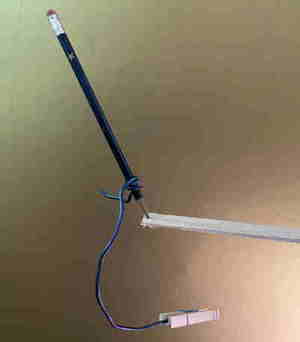
A sequence of plans to facilitate a review and develop a deeper understanding of balance, positions of balance, and areas of support that make objects more stable or unstable.
Activities include investigations into claims of what makes objects stable and unstable and planning investigations to collect evidence on what makes objects more stable and unstable. Activities are appropriate for learners in second grade and above.
Older learners, who have not had similar experiences can be challenged with these activities in a shorter period of time and extend their learning and apply the concepts to gravity, forces, systems, acrobatics, transportation vehicles (Eastland steamship), and gyroscopes.
Young learners are challenged to balance different oak tag cutouts, a pencil, and make a mobile.
Older learners can be challenged to determine the stability of different three dimensional objects and how changes in their shape, mass, area of their bases, and motion change stability.
Background information:
This plan is designed for learners who have very little prior knowledge. However, they probably should have some conservation skills, such as believing a balance point will not change, or is conserved (always be).
Related study topics:
- Spinners, tops, toys
- Motion, ramps, and forces
- Relative position and motion
Suggestions to extend or use with middle level learners
Might either start with the example of the Eastland and challenge the learners to explain how the ship capsized (the center of mass or gravity was too high because of the added lifeboats and vests after the sinking of the Titanic. As a safety measure.)
Or present the activities in this sequence as challenges and then use the Eastland as an extension, generative assessment, discovery.
Focus question:
- What does capsize mean? When a boat overturns in the water.
- What makes it possible for a boat to capsize. Its center of balance is too high (well above the water level on a floating boat). A large wave that pushes the boat over.
Background information. Read the article in the Smithsonian Magazine: The Eastland Disaster Killed More Passengers Than the Titanic and the Lusitania. Why Has It Been Forgotten?
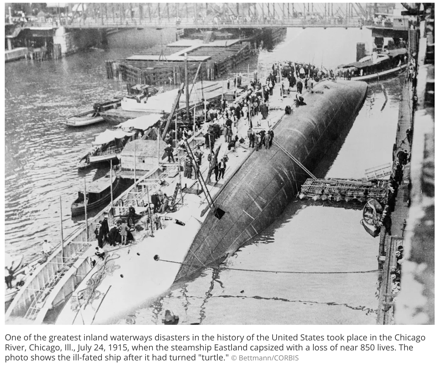
Big ideas, concepts, facts, and outcomes
Big ideas
- Objects can be explored to make claims about their stability and how they can be balanced or put into a state of equilibrium. Equilibrium is a state where the net forces are zero.
Related concepts and facts
- Better decisions (claims) are made when information is verified, with evidence and reasoning, before being considered accurate and used to reason and develop explanations and models to understand the world and make decisions.
- People make better decision when they understand and consider the positive and negative influences that effect their decision making.
Outcome
Use accurate verifiable information to consider and decide how objects can be balanced or made more stable.
Science concepts: physical, earth, life
Big ideas: Balance or stability is used to describe a state of equilibrium. Equilibrium is a state where the net forces is zero.
Related concepts
- An object is stable or balanced when it is not moving relative to its base position.
- A stable position is that which an object or system returns after being in motion.
- The lower the balance point (center of weight, mass, or gravity), the more stable the object.
- The wider (greater area) the base, the more stable an object.
- Balance point (center of gravity) is the position where the weight (mass) seems to be evenly distributed in all directions (dispersed).
- Counterweights can be used to change a balance point.
- An object with added weights (counterweights) can be thought of as a system of connected objects that has a collective center of weight (mass, gravity).
- The shape of the base area and the shape of the support area, and the way they interact affects their stability. Shapes of its surface: linear surfaces (edge, rope, wire), curved surfaces (rainbow edge, side of finger), plane surfaces (table top, flat of finger), point surfaces (pencil point, tip of finger). Angle of interaction perpendicular, at an angle.
- Motion is a change in position over time.
- A force (push or pull) causes motion.
- Motion can be linear and rotational.
- Spinning is rotational motion.
- A mobile is a system of balanced beams and masses.
Outcome
- Balance different objects.
- Explain (claim with evidence & reasoning) an object's stability can be improved by adding weight (mass) to points below an objects center of weight (mass, gravity) and by increasing the area of its base.
- Explain forces are in equilibrium when an object is balanced (stable).
- Forces can move objects from equilibrium.
Science inquiry, process, & perspective concepts, facts, & outcomes
Big ideas: Science (claim evidence & reasoning) can be used to understand and explain cause and effect in the world.
Related concepts and facts
Outcome
- Describe how a claim is made and evidence used to reason and explain how the center of weight (mass, gravity) and area of its base relate to an object's stability.
Pedagogical Overview
Activities Sequence to provide sufficient opportunities for students to achieve the targeted outcomes.
Make sure students have the prior knowledge identified in the background information.
- Activity 1 - Crayfish balance, learners reflect on the unit focus questions, explore how to balance a crayfish pattern, and invent the concept of center of balance (weight, mass, or gravity).
- Activity 2 - Crayfish system balance, learners use the crayfish pattern to make a claim about how clothespins can be used to change the center of balance (weight, mass, or gravity) in a clothespin crayfish system.
- Activity 3 - Balance with more patterns, learners explore a triangle and rainbow pattern to find different stable positions. Then use a stable & unstable worksheet to discover the value of their claims.
- Activity 4 - Wrench pattern, learners explore a pattern designed to test the limits of their claims.
- Activity 5 - Balance a pencil
- Activity 6 - Belt hook & belt system
Focus question
Unit focus question:
- What does it mean to balance an object?
- How can you balance an object on your finger?
- Is there a rule about how different objects can be balanced?
- Can a pencil be balanced on its point on a finger, table or Popsicle stick?
- How can claims people make be verified or rejected?
Sub focus questions:
- How can weight be added to objects to change its stability?
- In what ways can objects with added weights be explained as a system of connected objects with one center of weight (mass, gravity) and area of support?
Resources and Materials
- Oak tag or tag board to make 2-d patterns
- Popsicle sticks
- Masking tape
- Pencils
- Bendable wire learners can bend but will hold the shape after bent. Discuss safety concerns for using wire)
- Materials to make mobiles: jumbo straws, thread, yarn, string, paper clips, patterns to hang on the mobile.
- Material sheets
- Stable position worksheet
- lab note 1 - Balance crayfish
- lab note 2 - Balance crayfish system
- lab note 3 - Balance more patterns
- lab note - stable unstable worksheet
- lab note 4 - Balance a wrench pattern
- lab note 5 - Balance a pencil
- lab note 6 - Balance a belt
- lab note 7 - Balance
References and other resources
Coconut Star app - has interactive experiences to explore and experiment with different balls, ramps, and different surfaces
Scoring guides suggestions (rubric)
Stability (scoring guide)
Top level
- Explains an objects stability, or ability to balance, is related to its center point; which is the place from which all weight is distributed and the area of the base used to support or balance it.
- Explains you can balance objects by moving them around on your finger until it balances.
Lower level
Lesson Plans
Activity 1 - Crayfish balance
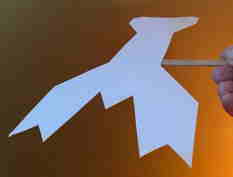
Materials:
Focus questions:
- What does it mean to balance an object?
- How can you balance this object on your finger?
Learning outcomes:
- Mark the center of weight, mass, gravity on a two dimensional object.
Suggested procedures overview:
- Put learners in groups, focus their attention, and assess their initial understanding of the focus questions.
- Give learners crayfish and challenge them to balance it.
- Have each group share how they balanced it.
- Ask learners. What point on the crayfish can be used to balance it in the most stable way?
- Conclude center of balance...
Exploration -
- Put learners in groups, focus their attention, and assess their initial understanding of the focus questions.
- What does it mean to balance an object?
- How can you balance an object on your finger?
- What does it mean to balance an object?
- Give learners a crayfish and challenge them to balance it.
- Have each group share how they balanced it.
- Ask learners. What point on the crayfish can be used to balance it in the most stable way?
- Draw a crayfish on a board and have each group mark a point of the crayfish which they found to be the point of balance, which is most stable.
- After all groups share and mark their points on the crayfish move to a discussion for the invention of the concept.
- Tell learners to record their ideas in their lab notes 1.
Invention -
- Discussion to conclude there is a common point and that point is known as the center of balance, weight, mass, gravity for the crayfish.
- Ask. Can you think of a way the center of balance, weight, mass, gravity for the crayfish could be changed?
- Have learners summarize what they learned in their lab notes.
Activity 2 -
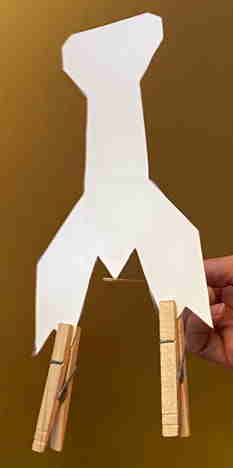 Materials:
Materials:
- Crayfish, clothespins, Popsicle sticks
Focus questions:
- How can the center of balance, ... be changed?
Learning outcomes:
- Balance the crayfish pattern with two clothespins.
- Explain how the center of weight, mass, gravity was changed. Lowered.
Suggested procedures overview:
- Put students in groups, focus their attention, and assess their initial understanding of the focus questions.
- Activity balance crayfish in different ways by changing the center of balance, ... with clothespins.
Exploration
- Put students in groups.
- Ask. Can you think of a way the center of balance, weight, mass, gravity for the crayfish could be changed?
- Provide learners with clothespins and Popsicle sticks.
- Provide hints if necessary.
- Ask. What claim might you have about the center of balance? How would you want the point of balance to change? (move higher? Lower?) Maybe you can use the Popsicle sticks to add weight. Where would it need to be added to lower the center of ... ?
- Claim would be. Can raise the center of ... by adding weight ... above or below ...
- Distribute lab note 2
- Let students explore in groups and then bring them together to discuss their findings.
Invention
- Have learners share their claims and findings: evidence and reasoning to accept or reject their claim.
- Discuss how claims were used to make predictions and how they were verified, rejected, and modified.
- Discuss how when they were rejected, they were modified to make them more accurate. An important perspective of science for making explanations better.
- Record the information in their lab notes.
Activity 3 -
Materials: 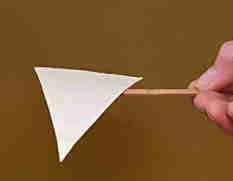
- Triangle patterns
- Rainbow patterns
- Clothespins
- Popsicle sticks
- Lab notes 3 and stable position worksheet
Focus questions:
- What other kinds of patterns can be balanced?
- Do you think your claim will apply to other shapes?
Learning outcomes:
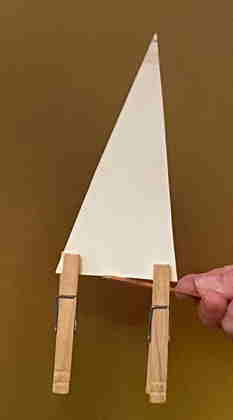
- Use a claim to explore a triangle and rainbow shape to collect evidence and reason to support it or reject it.
- Use a claim to determine the stability of a different positions of rainbow and triangle clothespin systems.
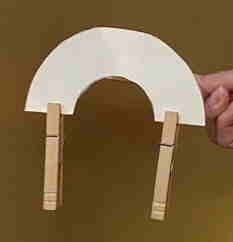
Exploration
- Put learners in pairs.
- Let them explore how to balance triangle and rainbow patterns with and without clothespins in different ways. (hint: side, tail, nose, ... use two clothespins)
- Ask. Can you use your claim from the crayfish pattern to determine the stability of these patterns?
- Distribute lab note 3
Invention
- Have each group explain how they balanced each pattern without clothespins.
- Draw each shape on a board so all can see and have them mark the area they used to support each.
- Have them review their claim and write their best version.
- If you don't think they explored enough with the clothespins, then have them explore more.
- Have each group explain how they balanced each pattern with clothespins.
- Draw each shape on a board so all can see and have them mark the areas they used to support each pattern with clothespins attached.
- Have them review their claim and see if their best version applies to these systems.
- If necessary rewrite their claim in their lab notes.
Discovery
- Ask. Can you use your claim to predict the stability of different rainbow, triangle, clothespin systems?
- Give students lab not 4 or the stable position worksheet and have them use their claim to determine the stability of each figure.
Activity 4 -
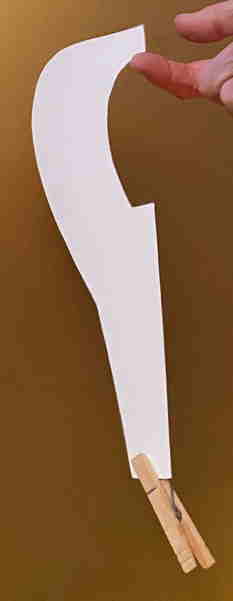 Materials: Wrench pattern
Materials: Wrench pattern
Focus questions:
- Can you use your claim to predict the stability of a different pattern? Wrench.
- How does your claim apply to a wrench pattern clothespin system?
- How is the wrench pattern different than the crayfish and rainbow pattern? Not symmetric
Learning outcomes:
- Use a claim to determine the stability of different positions of a wrench pattern clothespin system.
Teaching NOTE: The wrench was included to throw a wrench in the claims learners have (Pun intended). It is not symmetric and many of the edges are curved. The picture shows it balanced on a finger, but the curve that rests on the finger will cause the pattern to slide off the finger if the finger isn't tilted to support it. While the wrench pattern may not be the best pattern to help focus on the way the base area of the pattern sits on a resting surface. I found it did help learners to discuss this variable.
Therefore, an outcome from this activity should include stability depends on the way the shape of the base area and the way it sits on a stable support area and the shape of its surface (linear surfaces (edge, rope, wire), curved surfaces (rainbow edge, side of finger), plane surfaces (table top, flat of finger), point surfaces (pencil point, tip of finger).
Exploration
Distribute the Lab note 4 and have the learners make their predictions.
Invention
- Discuss their results.
- Discuss how claims can be used to make predictions and how they can be verified, rejected, and modified, if they are rejected, to make them more accurate.
Activity 5 -
Materials:
- Pencil
- Clothespins
- Popsicle stick
Focus questions:
- Can you use your claim and balance a pencil?
- What keeps it up?
Learning outcomes:
- Create a pencil clothespin system that will balance and explain how the center of balance and base area combine to make it stable or unstable - what keeps it up?
Pencil balancing on its point
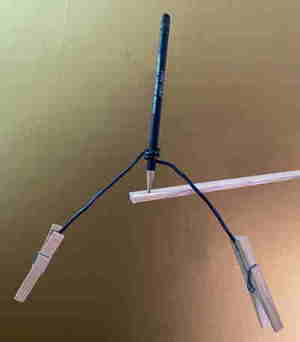
Exploration
Challenge learners with the focus question and let them explore.
Invention
- Ask. Share your pencil Popsicle stick system and describe how and why it balances. It balances because the center of balance, weight, mass, gravity is below where the base is supported by the Popsicle stick. That's what keeps it up!
Discover
If have belt hooks can challenge them with a belt hook and belt to hang their belt on the corner of a table, bed post so it will be ready for them to use in the morning.
Lab Notes for activities
Lab notes 1 - Crayfish balance
Materials
- Crayfish pattern
Describe how you balanced a crayfish.
What point on the crayfish can be used to balance it in the most stable way?
How does the point you selected as the most stable compare with the points other groups selected?
Lab notes 2 - Crayfish system balance
Materials
- Crayfish pattern
- Clothespins
Challenge
Balance the crayfish in different ways. (hint: side, tail, nose, ... use two clothespins )
What claim can you make about about the center of ......
Describe the evidence and reasoning you used to support or reject the claim.
Draw an interesting crayfish clothespin system and label the center of ...
Lab notes 3 - Balance with more patterns
Materials
- Triangle pattern
- Rainbow pattern
- Clothespins
Challenge
Balance the the triangle and rainbow patterns in different ways. (hint: side, tail, nose, ... use two clothespins )
Does the claim made for the crayfish apply for these patterns?
Describe the evidence and reasoning you used to support or reject the claim.
Draw an interesting triangle clothespin system and label the center of ...
Draw an interesting rainbow clothespin system and label the center of ...
Lab note - stable & unstable worksheet
Challenge
Use your claim to decide if the position of the rainbows and triangles are stable or not.
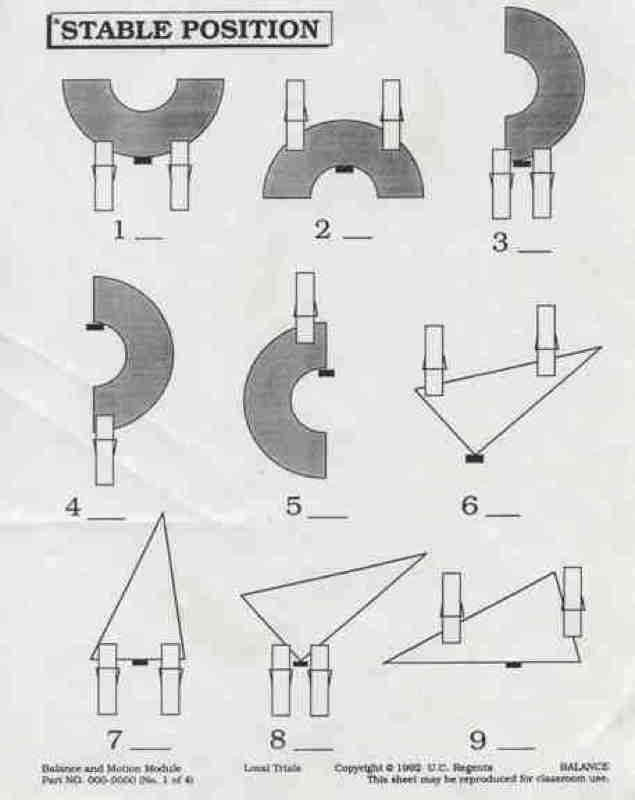
Lab notes 4 -
Materials
- Wrench pattern
Challenge
Balance the the wrench patterns in different ways.
Does your claim apply for this patterns?
Balance a wrench pattern clothespin system in different ways.
Draw some interesting wrench clothespin systems and describe why they are interesting.
How does the shape of the surfaces at a balance point and the way they touch affect the stability?
How does this information change your claim?
Lab notes 5 - Balance a pencil
Materials
- Pencil
- Bendable wire
- Clothespins
Challenge
Balance the pencil.
How did you use your claim?
Draw an interesting pencil clothespin systems and describe it.
Lab notes 6 - Belt hook & belt system
Materials
- Belt
- Belt hook
Challenge
Balance a belt on the corner of a table or bed post.
How did you use your claim?
Draw a belt and belt hook system and describe it.
Lab notes 7 - Balance system
Materials
Challenge
Balance a
How did you use your claim?
Draw a ________________ system and describe it.
Material Sheets
Triangle shape pattern
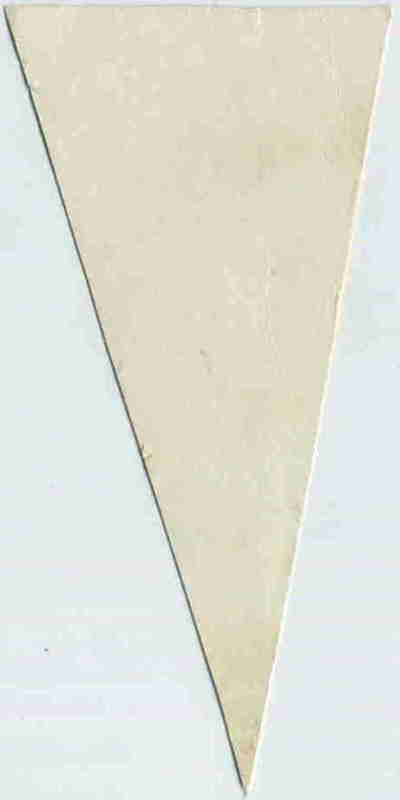
Rainbow Shape pattern
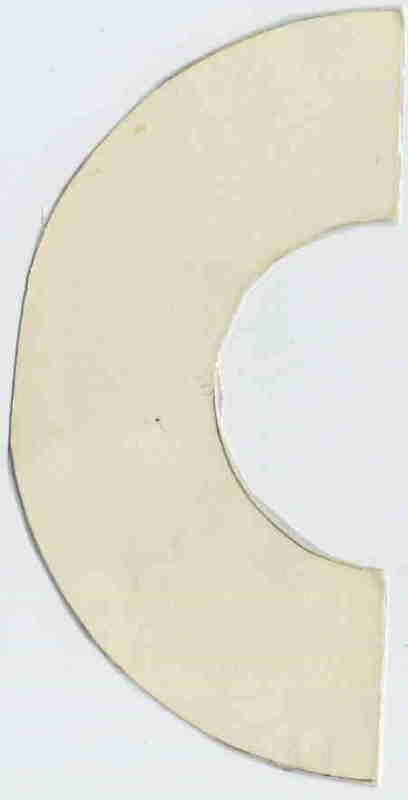
Wrench pattern
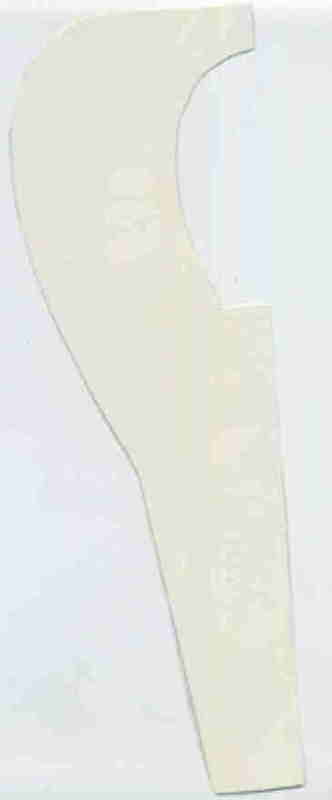
Crayfish pattern
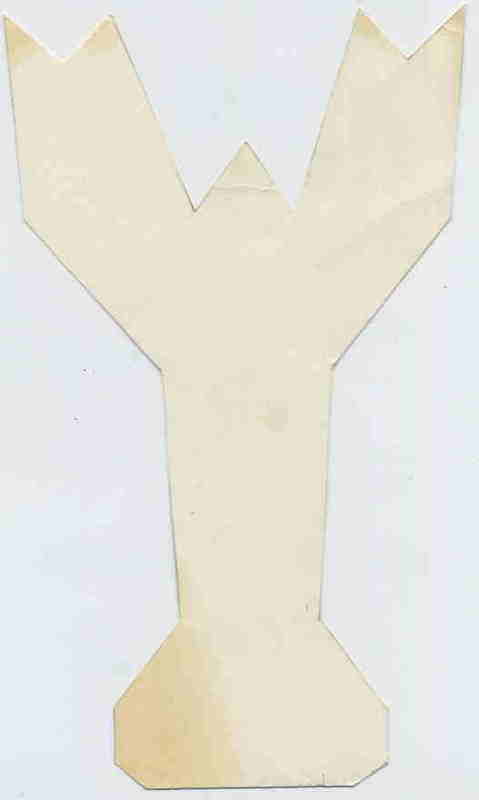
Stable Position Worksheet

Belt challenge and belt hook patterns
Belt hanging from a table with a belt hanger
What keeps it up?

Belt hanger patterns
